Each project and asset is legally independent and has its own managers.
Heathrow Airport
Heathrow is the busiest airport in the United Kingdom and one of Europe’s main hubs*. In 2019, the airport delivered its ninth consecutive year of growth. A total of 80.9 million passengers traveled through its terminals, ranking as the first in Europe and the seventh in the world by total passenger traffic.
Heathrow was selected as the most internationally connected airport in the world by the Megahubs Index for the second year in a row. With a total of 475,900 air transport movements, it services 82 airlines, connecting our passengers with 206 destinations.
Heathrow is the United Kingdom’s largest port by value with a volume of 1.6 million metric tons, which accounts for more than 33% of all air cargo in the United Kingdom.
Commercial and aeronautical revenues reached 3.07 billion pounds in 2019.
Since its acquisition in 2006, we have invested more than 12 billion pounds in projects that have transformed the passenger experience. The most relevant include the delivery of Terminal 5, the construction and opening of Terminal 2,and the construction of the world’s largest integrated baggage system.
Heathrow contributes about 6.4 billion pounds to the country’s economy and is also the largest employer in the United Kingdom, generating 76,500 jobs. This especially impacts the local community, since 56.4% of people hired by airport companies reside in one of the five neighboring municipalities.
(*) The term hub is used to designate the connection centers that airlines establish at airports and that distribute cargo and passenger traffic to other destinations in the world
Heathrow’s third runway
Approval to obtain permits to construct the third runway at London’s Heathrow Airport has arrived after years of debate and more than a decade of operating at 98% capacity.
In 2015, the Airports Commission, chaired by Sir Howard Davies, concluded that Heathrow was the best airport to increase air capacity in the South East of England.
In October 2016, the British government approved the Davies Commission recommendation. The decision was further endorsed by the House of Commons, which voted by a large majority in favor of Heathrow’s expansion in June 2018.
On June 18th Heathrow launched the largest statutory consultation process to date. The conclusions and feedback from stakeholder and the community have been incorporated into the business plan. The next step in the process is the planning and submission of the DCO. We expect to submit a final proposal to the Secretary of State during 2020. Final Approval is expected to be obtained by the end of 2021.
The expanding Heathrow Airport will secure the United Kingdom’s position as a leader in the global aviation market. The expansion will generate 180,000 jobs and 187 million pounds in economic benefits.
T2, one of the largest construction projects in UK history, at the heart of Heathrow
Terminal 2, also known as The Queen’s Terminal, was opened by Her Majesty Queen Elizabeth II in June 2014.
The terminal was built by Ferrovial in consortium with Laing O’Rourke. With an area of 210,000 m² (equal to 25 soccer fields), it required an investment of €3 billion. Construction generated 5,000 direct jobs and 35,000 indirect jobs. This emblematic Terminal 2 posed a significant challenge for the airport management team, since it was carried out at the airport, between the two runways and their taxiways, while operating at maximum capacity.
Luis Vidal + Architects were the concept and lead architects for Heathrow’s Terminal 2 and collaborated with Pascall + Watson during the fit out phase. Foster + Partners were the Heathrow Airport master planners and the East terminal building concept architects during the initial project phase.
Heathrow Airport’s Terminal 5
Heathrow Airport’s Terminal 5, which opened in March 2008, was one of Europe’s largest and most complex construction projects, with a total investment of 4.3 billion pounds. Despite the size and complexity of the project, it was delivered on time and on budget. The terminal — designed by renowned architect Lord Richard Rogers — is home to British Airways.
Construction of the world’s largest integrated baggage system
Construction of the world’s largest integrated luggage system began in 2009. This underground circuit — including a 1.8 km-long tunnel — connects Heathrow’s Terminal 5 and Terminal 3 with the integrated baggage system building (T3IB).
The system has the capacity to simultaneously process up to 7,200 bags per hour and moves luggage at speeds of up to 700 meters per minute between terminals.
Since it came into operation, this new centralized baggage handling concept has yielded excellent results, reducing the number of lost and delayed luggage by 22%.
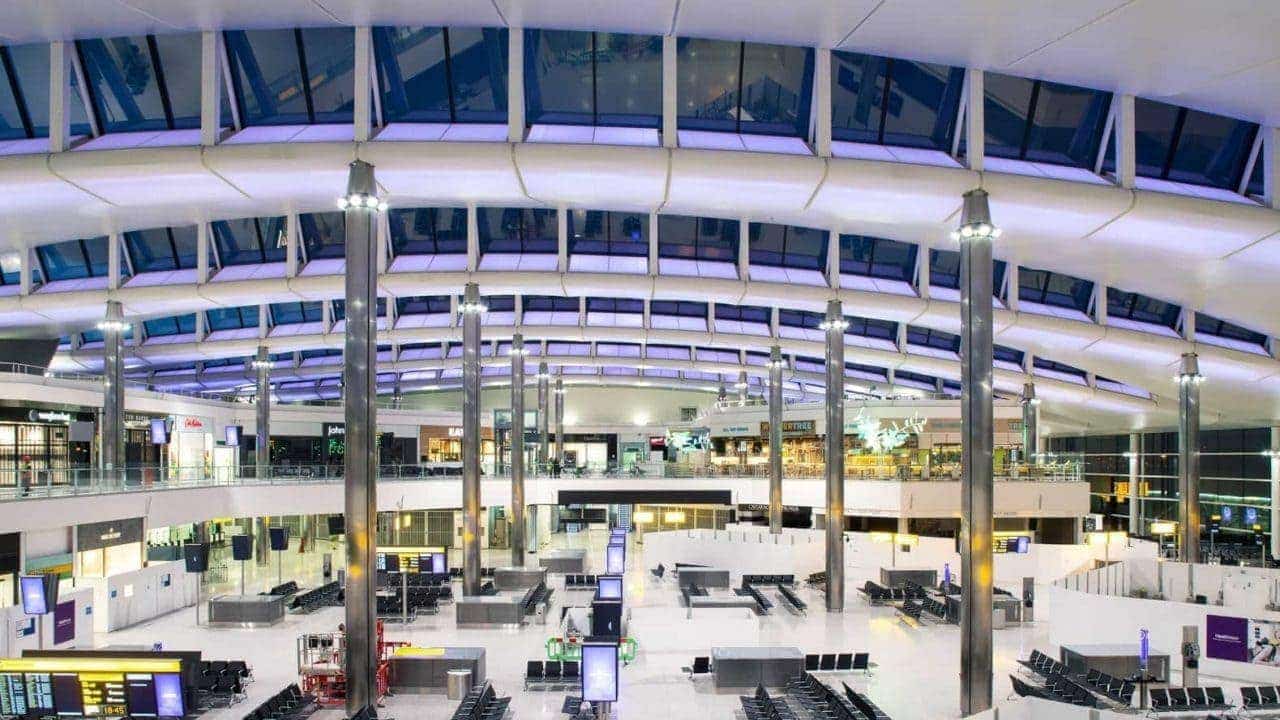
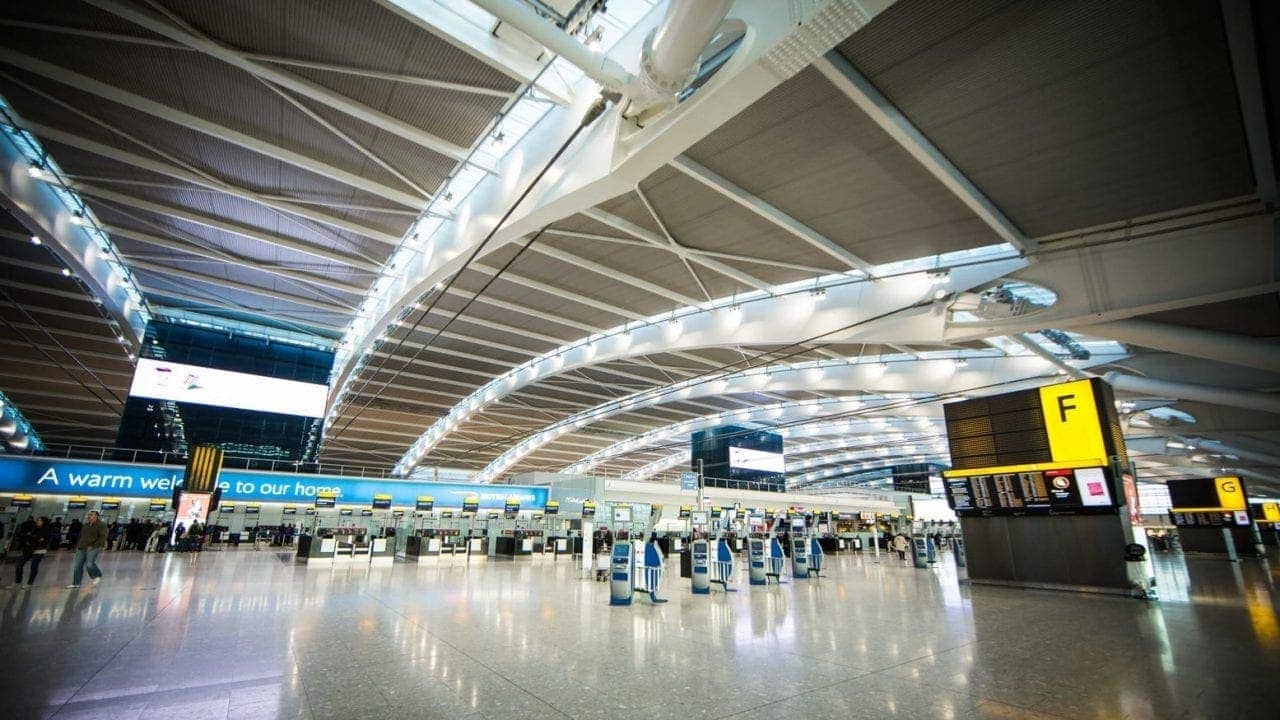
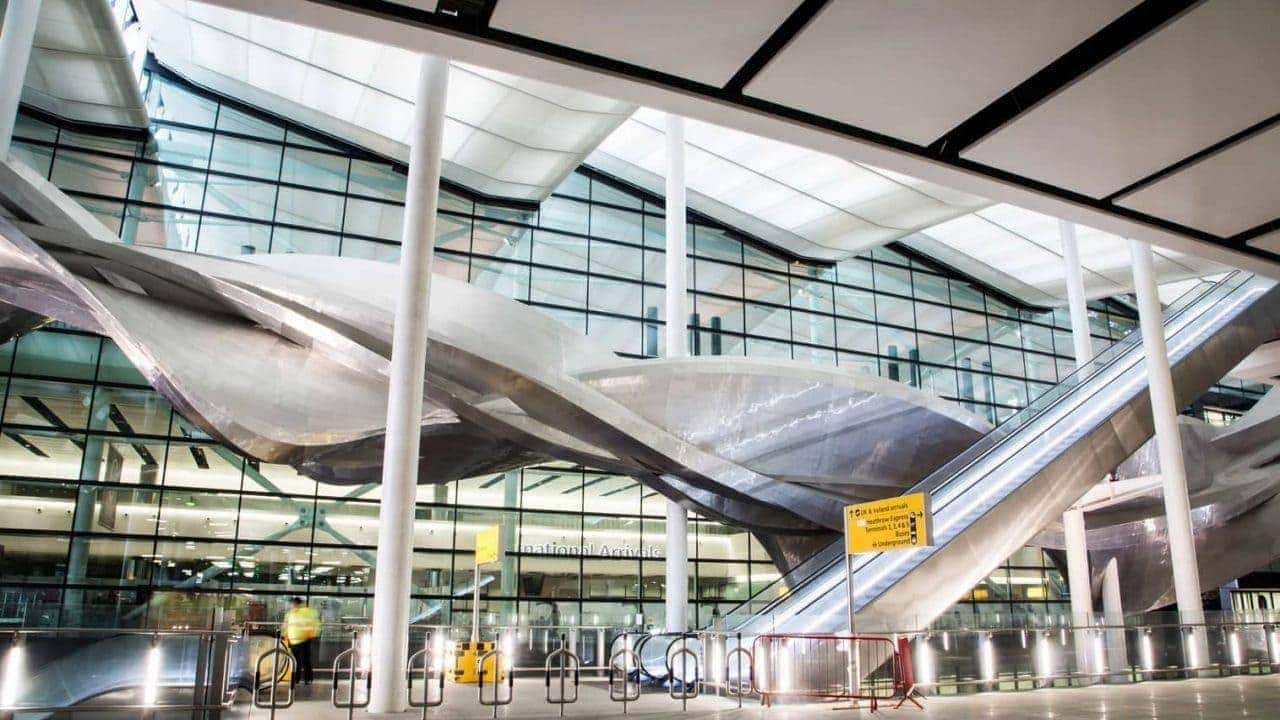
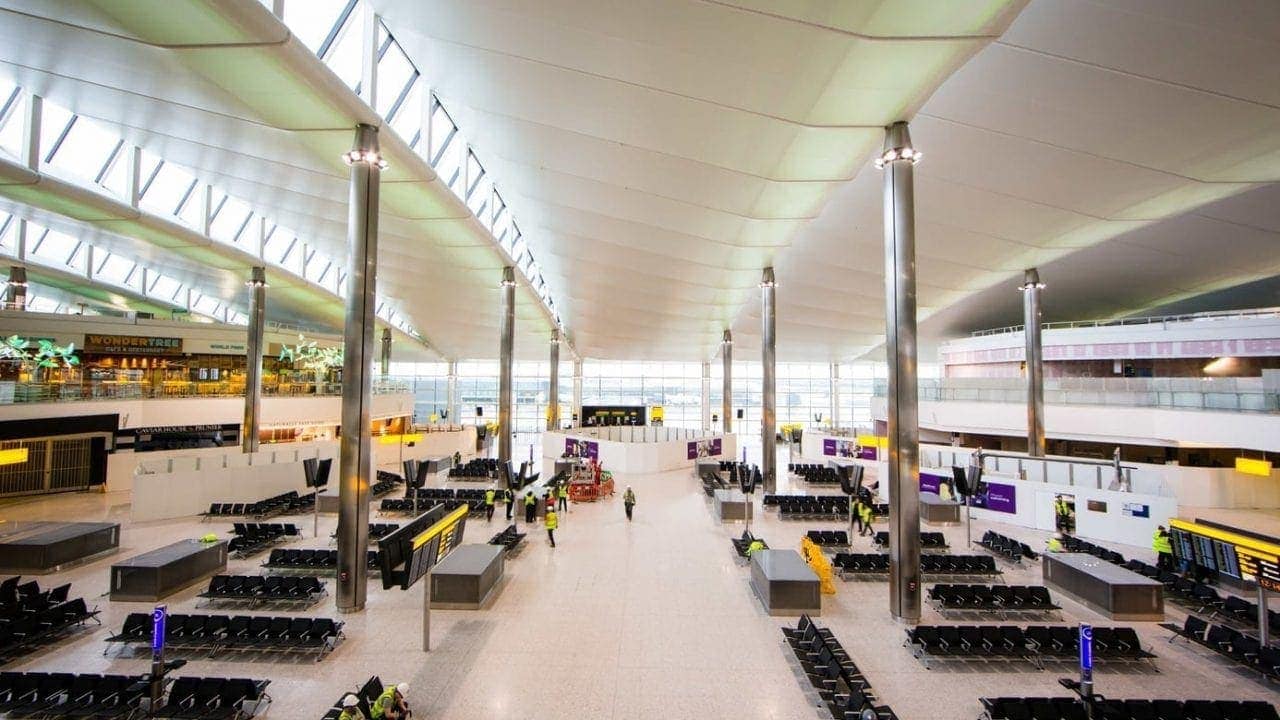
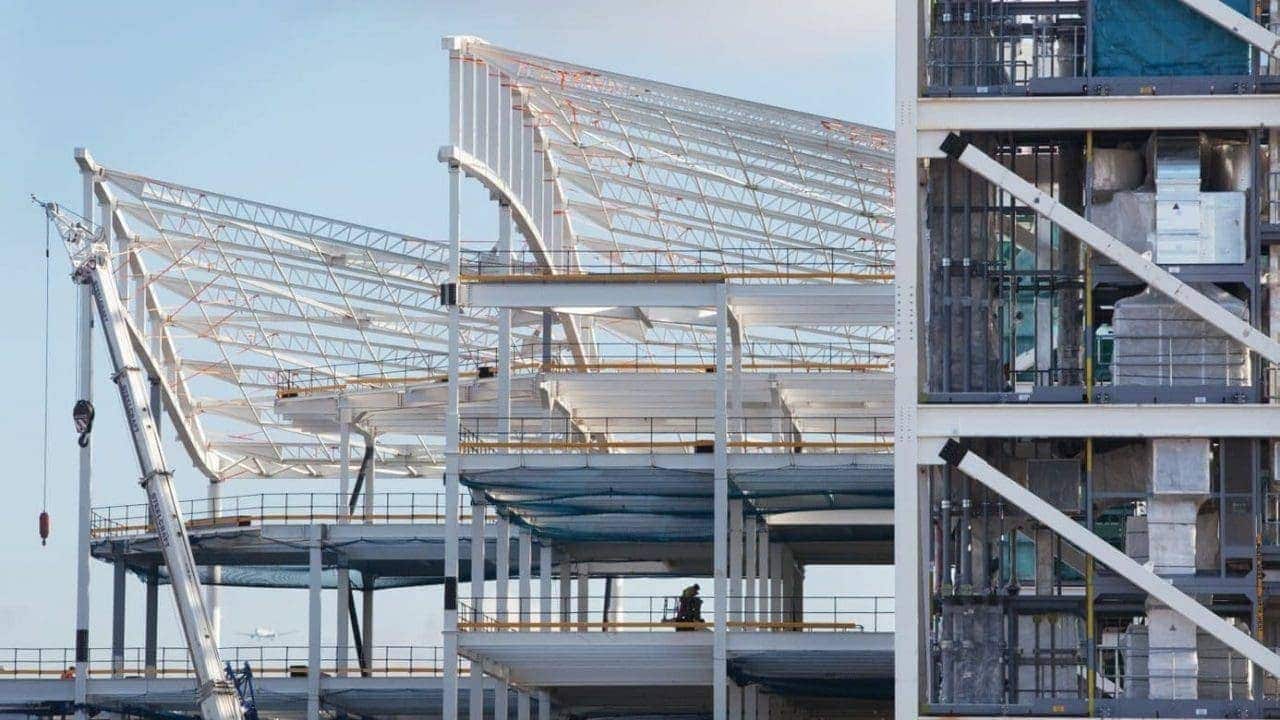
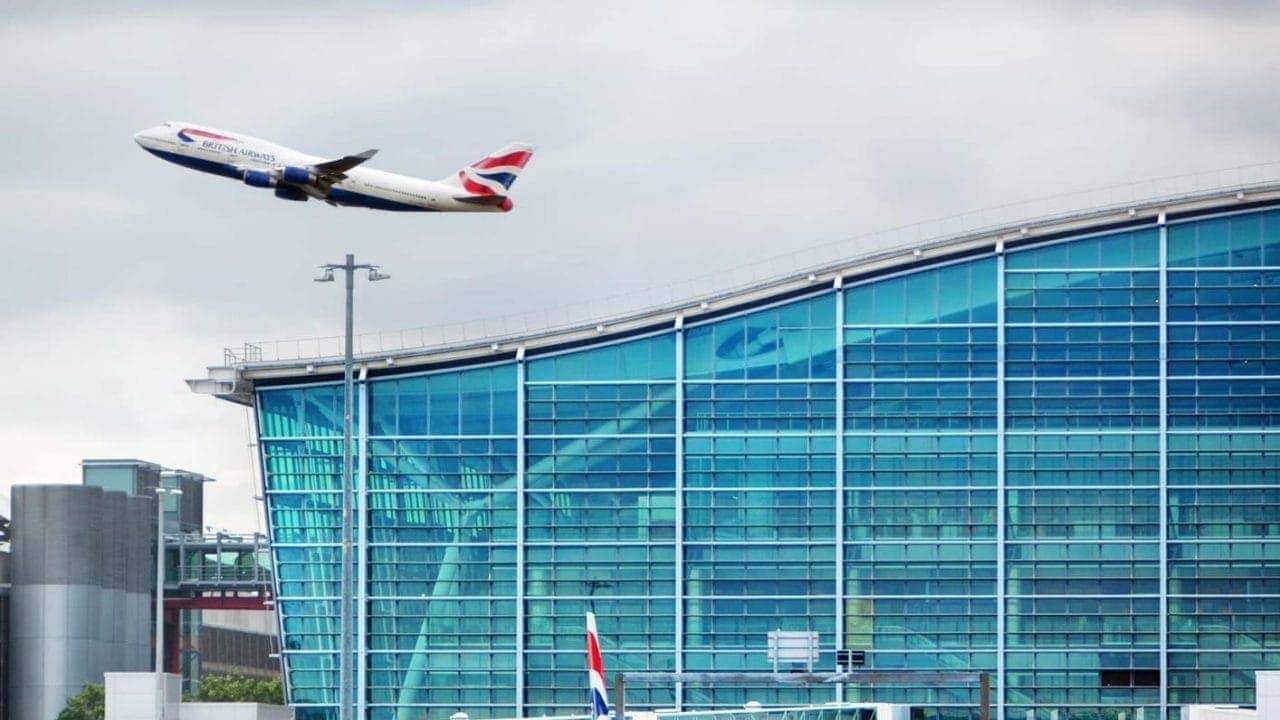
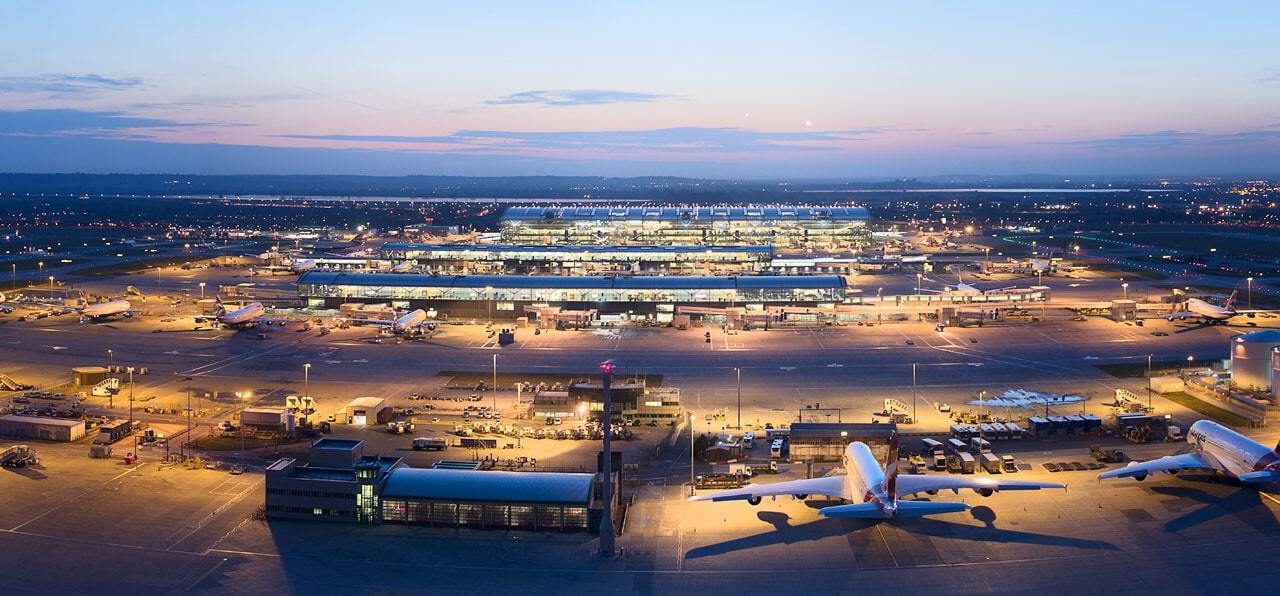
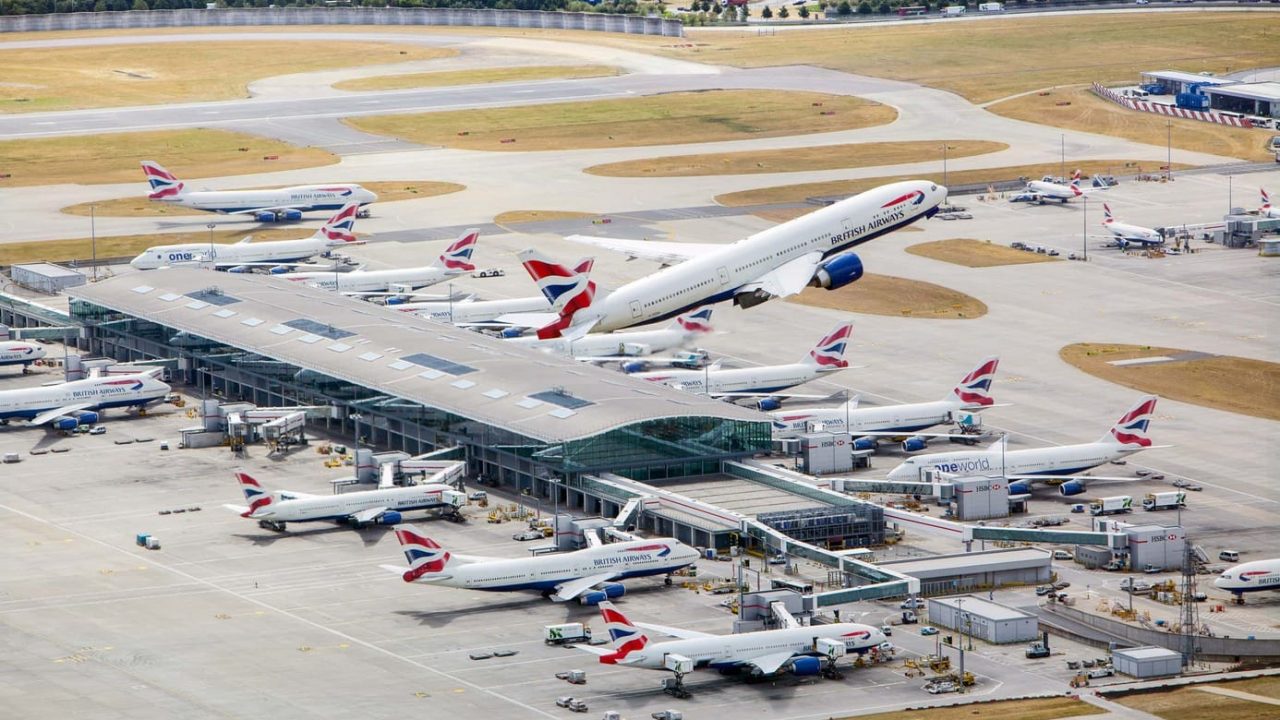
2030 Commitment to sustainability
With a view to maximise Heathrow’s financial benefits and managing its environmental responsibilities, a series of sustainability policies are being implemented over the coming years. Some of the most significant are as follows:
- Reducing vehicle emissions: Heathrow already has one of the largest corporate electric vehicle fleets in the UK and the highest density charging infrastructure in Europe.
- Noise reduction: As part of our voluntary Quiet Night Charter, by 2022, we intend to at least halve the number of flights operating during late hours (after 11:30pm) on nondisrupted days.
- Air quality and reduction of CO2: Heathrow aims to be carbon neutral by 2030. To do so, it has begun a series of initiatives, like the establishment of an airside ultra-low emissions zone by 2025, to improve quality of life through cleaner air. Also, the airport aims for 50% of passenger journeys to be made by public and sustainable transport by 2030, supporting the policy of no more airport-related cars on the road, so local areas can thrive without increased congestion.
- Leaders in the industry: Heathrow has opened Centres of Excellence for Sustainability at several airports and in the wider aviation sector.

